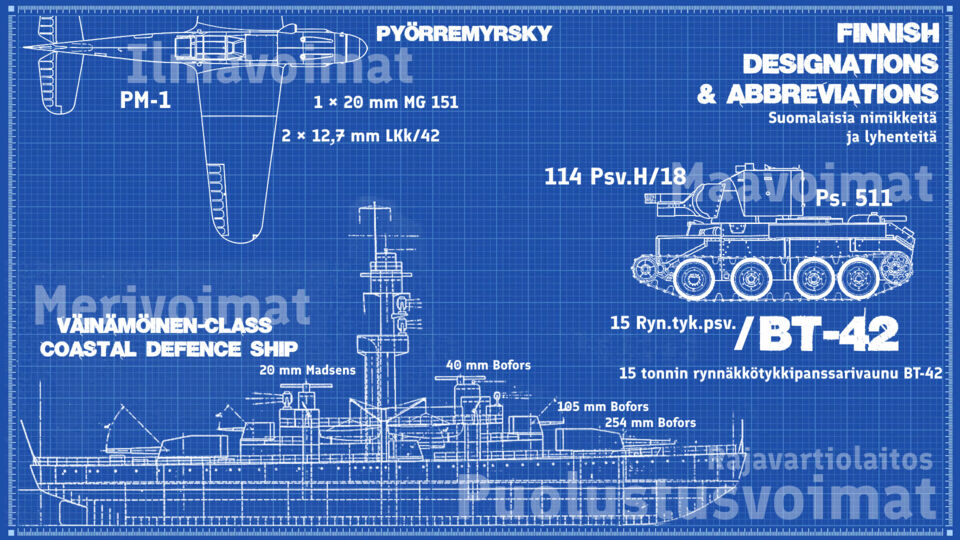The P-51C-11 “Evalina”, named after the girlfriend of 1st Lt. Oliver E. Strawbridge, was captured by Japanese forces in China on 16 January 1945 while being flown by 2nd Lt. Sam McMillan. As the first fully functional P-51 to fall into Japanese hands, it was quickly repaired and transported to Japan for extensive evaluation, including performance trials and mock dogfights against domestic fighters. Evalina became a valuable tool for developing counter-strategies against the Mustang, one of the few Allied aircraft tested this thoroughly by Japan. Eventually, her generator failed during training, and with no replacement parts available, she was abandoned and reportedly bulldozed into a lake before the war’s end.
The F-4EJ Kai (F-4EJ改) was a vital upgrade for Japan’s aging F-4EJ Phantom IIs, extending their service life and enhancing combat effectiveness through the Aircraft Structural Integrity Program (ASIP). Introduced in the 1980s and first flown in 1984, the upgrade included advanced radar, improved avionics, and modern weapon systems, enabling the aircraft to remain operational until 2021. Sharing its radar and weapon suite with the F-16A, the F-4EJ Kai excels in long-range engagements using AIM-7Fs and dogfights with AIM-9Ls, though it struggles in close combat due to limited manoeuvrability. Pilots can exploit overshooting enemies by slowing down and using airbrakes, then striking with missiles or the gun, leveraging the ballistic computer for precise hits.
The Type 90 (90式戦車) is a third-generation main battle tank (MBT) developed by Mitsubishi Heavy Industries for the Japanese Ground Self-Defense Force (JGSDF). Introduced in 1990 to replace the ageing Type 61 and Type 74, it was designed to counter modern Soviet tanks like the T-72 and compete with Western MBTs such as the M1 Abrams and Leopard 2. Armed with a 120 mm L/44 smoothbore gun, it reflects the standard firepower of Gen 3 tanks. Though still in service, the Type 90 is being supplemented & gradually phased out in favour of the lighter yet more advanced Type 10, shifting as the Japanese Gen 3.5 MBT.
The Type 97 Chi-Ha Short Gun / Short 12cm SPG (短十二糎自走砲) is a later iteration of the Chi-Ha with a modified turret coming from the Chi-Ha Kai, boasting a Navy short gun (120 mm) meant to defend naval bases and merchant ships in a multipurpose role. The Navy's modification of the Chi-Ha was meant to mimic the role of the Army's Ho-I tank to support infantry as a gun tank during the defense of the homeland.
Shimakaze, the only built of her kind, was the fastest large ship of the Imperial Japanese Navy. As part of a three-type modernization of Japanese destroyer roles, Shimakaze served as a Type C, heavy-duty destroyer, utilizing superior speed and more torpedo launch tubes for a quick and decisive torpedo attack before speeding back to safety.
Japan purchased the Tiger E (Chassis No. 250455) under the advice of General Hiroshi Ōshima, the Japanese ambassador in Berlin. General Ōshima had visited the Eastern Front, where he saw the formidable Tiger tank. In May 1943, Japan made an offer to acquire either the blueprints or an actual model of the tank. The plan was to ship the tank to Japan by submarine, intending to strengthen Japanese tank forces and serve as valuable research material. However, the transfer was never completed due to the increasing dominance of Allied naval forces. As a result, the Tiger I was loaned "back" to the Germans and subsequently used in the 101st SS Heavy Panzer Battalion in Belgium.
The Mitsubishi J2M, designated Raiden (雷電), was a single-engine fighter aircraft developed for the Imperial Japanese Navy during World War II. It was designed to intercept high-altitude bombers and had a powerful engine, heavy armament and good speed. The J2M had several variants and was used in combat against American bombers and fighter interception over Japan and performed well, but it suffered from reliability issues and production delays. The J2M was one of the more advanced Japanese fighters of the war, but it could not alter the course of the conflict.




















